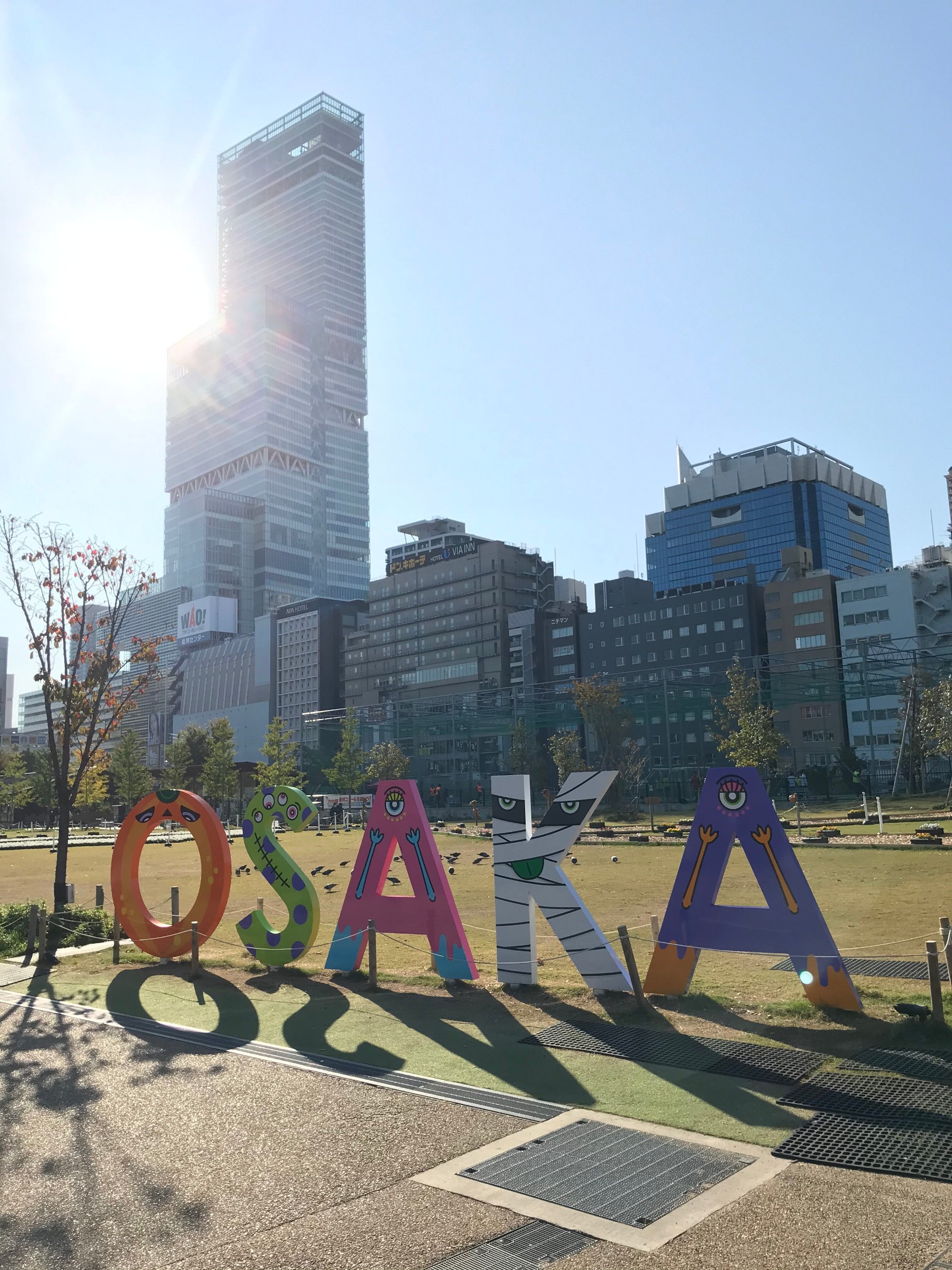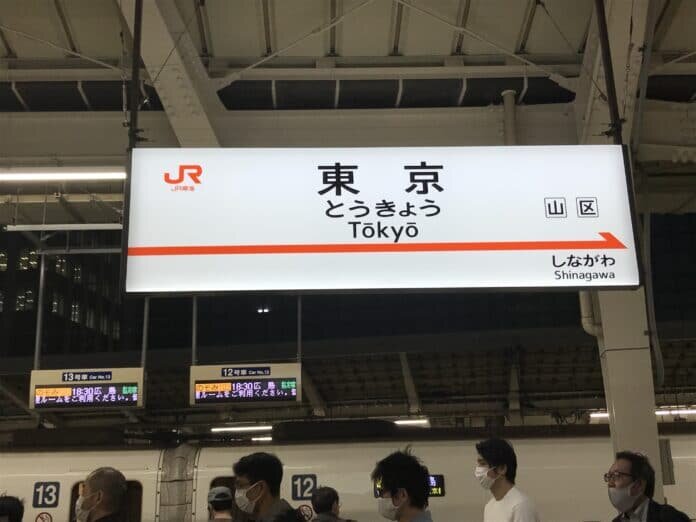
Table of Contents
Introduction
Have you ever heard of a long rivalry between Osaka vs Tokyo? Have you ever been asked by Osaka people which do you like Osaka or Tokyo? And do Tokyo people ask the same question to foreigners? In this article, we will look into this issue, “are they really rivals?”
Best selling book and the social index
Currently, in any book shop in Osaka you can find this book with a very simple title “Osaka”. Some book store even set a special shelf only for this book.

It is a relay essay written by two popular authors, Tomoka SHIBASAKI and Masahiko KISHI. Shibasaki, an award-winning writer, was born in Taisho Ward, Osaka in 1973 and now lives in Tokyo, on the other hand Kishi, a university professor in social study, first came to Osaka to enter Osaka City University in 1987 and has lived and loved Osaka since then. The book contrast different views of two authors, one left Osaka and the other came Osaka, which is a key to success of this book.
But for Osaka citizens, stories of Shibasaki who left for Tokyo to pursuit her writing career may evoke some kind of frustration, because Osaka people feel strong rivalry toward Tokyo.
Yes, definitely Tokyo is a political and economic center of Japan and Osaka has no way to compete in terms of social index.
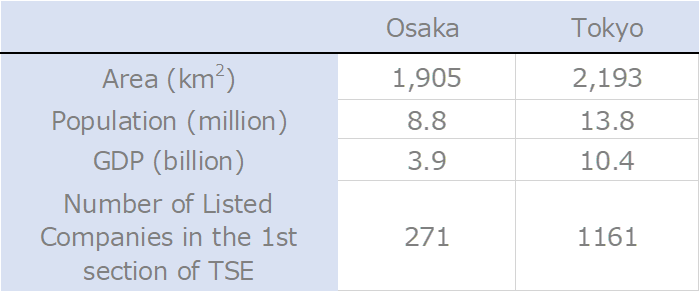
Tokyo people often say they don’t recognize Osaka as their rival, actually they even don’t care about Osaka at all. But when asking Osaka citizens what they feel about Tokyo, you may have surprisingly radical reaction yelling “Tokyo people are all cocky, they don’t understand true humor, the food in Tokyo is not tasty but so expensive….”.
The Kaminari-mon lentern and Panasonic
Historically, Osaka exceeded Tokyo in any aspects until Tokugawa Ieyasu established Edo Shogunate in east Japan such a rural “uncivilized” area in that time. Even after Osaka lost its powerful influence in politics and culture, its great shipping and geographical advantages made Osaka remained to be the most prosperous commercial capital in Japan.
Osaka citizens proudly tell you “Even the lantern in Asakusa which is often introduced as an icon for traditional part of Tokyo was actually given from Osaka’s legendary merchant, Konosuke Matsushita”.
Konosuke is a self-made man who founded Panasonic, Osaka’s most successful company. Osaka citizens have a soft spot towards this legendary figure, and call him “Konosuke-san” using his last name.
The Sensoji lantern had been lost for almost a hundred years after tragic fire in 1865. Then Konosuke dedicated the lantern to thank temple’s blessing for his recovery from sick.
So, when the lantern is featured as Tokyo’s historic landmark in television, magazine or SNS, Osaka people scream out :”we gave it to them!”.
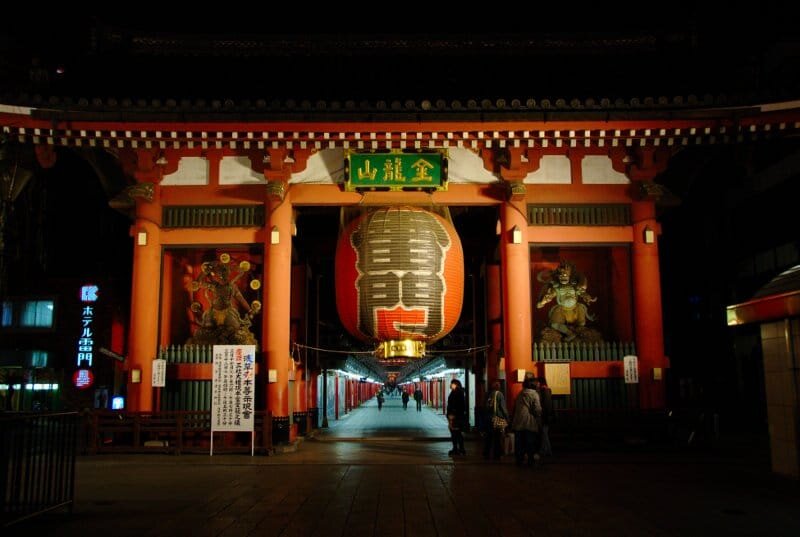
Osaka people are more impatient? Definitely, YES.
In Osaka, an impatient person is specially called “Irati”. “Ira” means irritation coming from impatience to do something.
Osaka is full of with Irati citizens, having to wait is like a torture. Even on a road with decent traffic lights, they cannot wait for the green lights.
As soon as they see the signal for cars change to red, some pedestrians (not all) start crossing, they don’t care the fact that pedestrian light still remains red indicating that the road is not ready for crossing. As you see, a taxi and mad dashing bike (!) are still passing through, but no one seems to care.
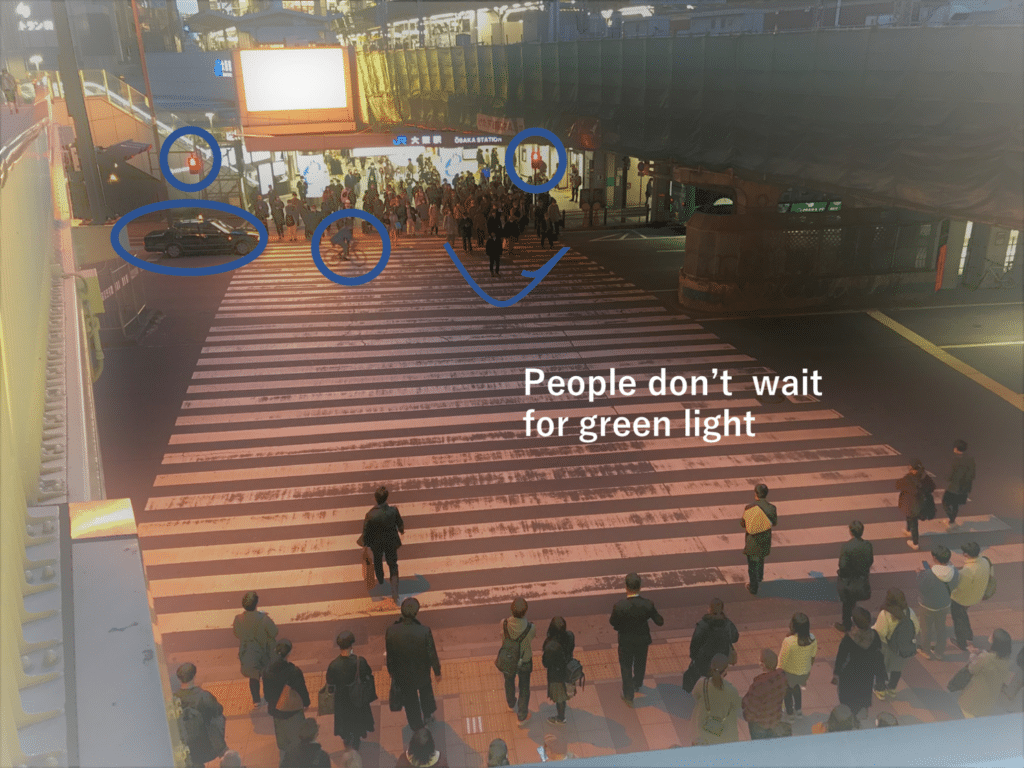
When seeing this, Tokyo citizens will frown and criticize that Osaka people are too impatient and lack of compliance. But people start crossing the road before green light would say back that;
“You see the taxi had already sufficiently slowed down to let us cross safely. Forget about the dash biker, he could dodge through us anyway. In our opinion, Tokyo people are too much afraid of being criticized by others, so they just do what others do, just comply without timely decision.”
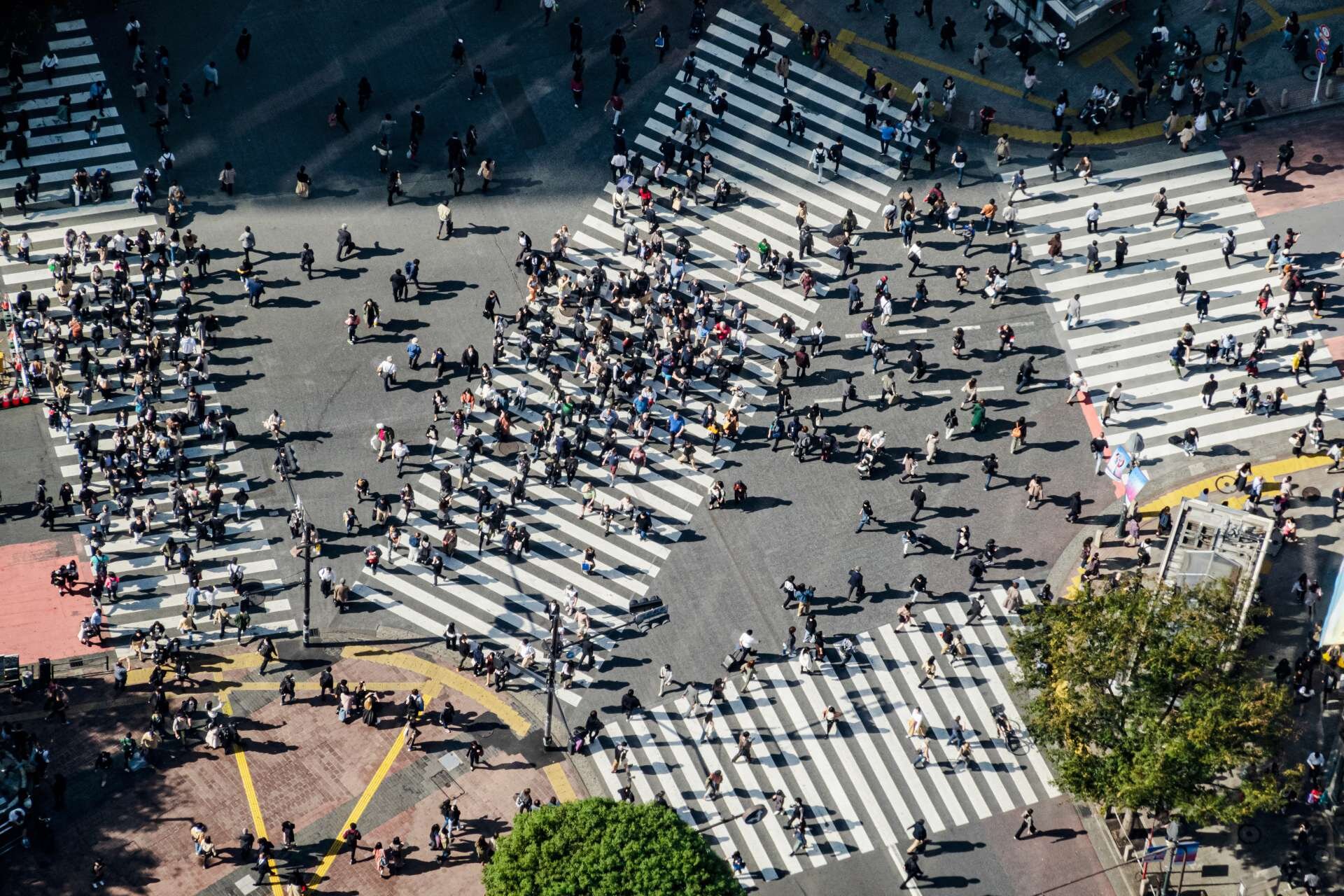
Osaka vs Tokyo, Nippon vs Nihon??
First, please look at the following bridges, the first one is in Tokyo and the other in Osaka.
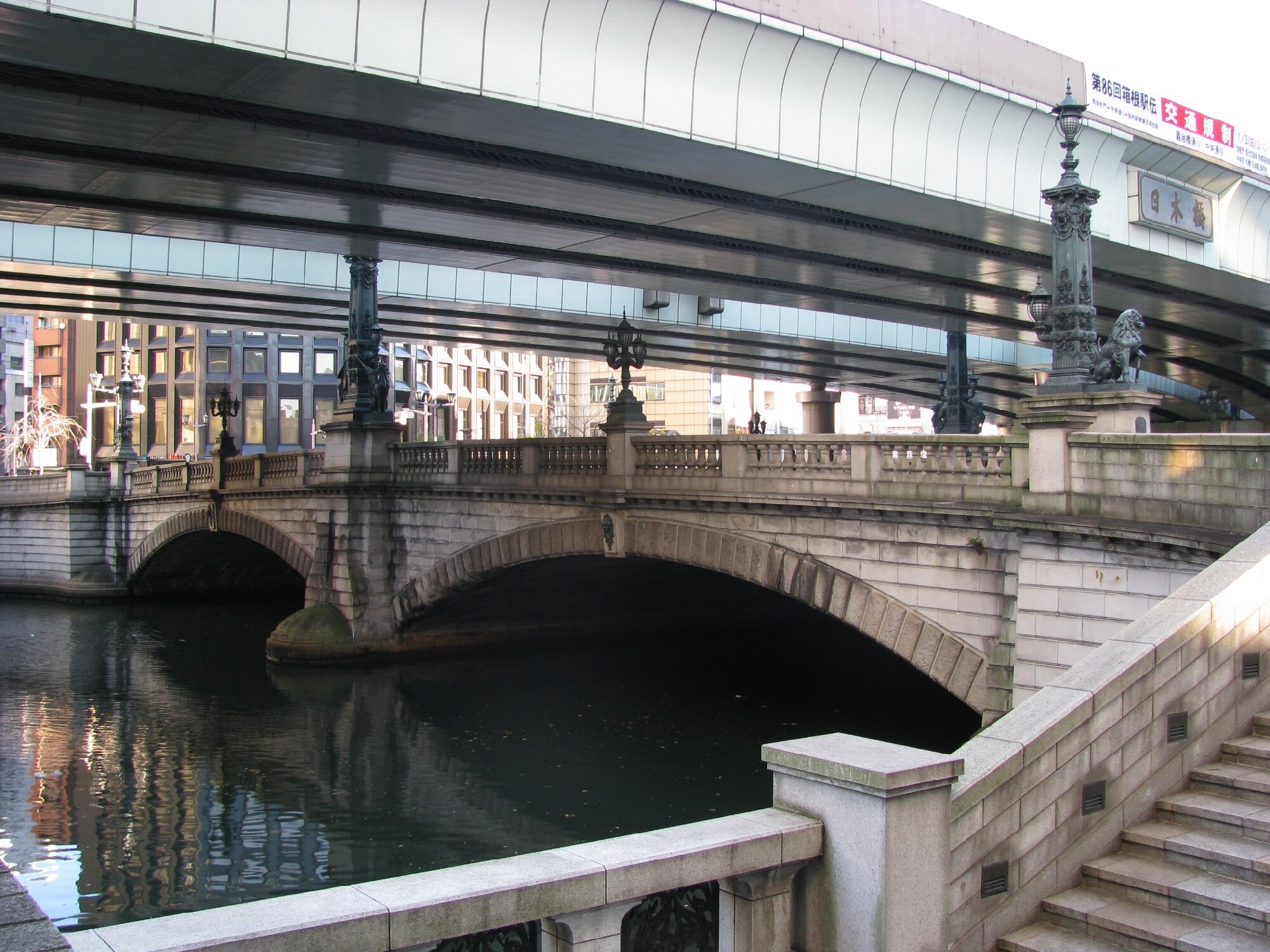
.jpeg)
These two bridge have a few things in common. They are both “Kogi bashi” meaning “Official Bridge” constructed by Edo Shogunate. The central government managed and controlled people and goods passing through those official bridges. Both located on measure route in those days and took very important rolls in trades and economy in Edo era.

But most importantly, they shared their name, they are both ”日本橋” ,”日本” is Japan and “橋” is bridge, so in English the both bridges can be translated as “Japan Bridge”.
I don’t want to make you confused, but the name “日本橋” is pronounced as “Nihon-Bashi” in Tokyo, and the Osaka one is called “Nippon-Bashi”. H sound and P sound have different impression.
Nihon is soft and elegant, while Nippon sounds vibrant and cheerful. The difference reflect the atmosphere of the surrounding areas of these bridges.
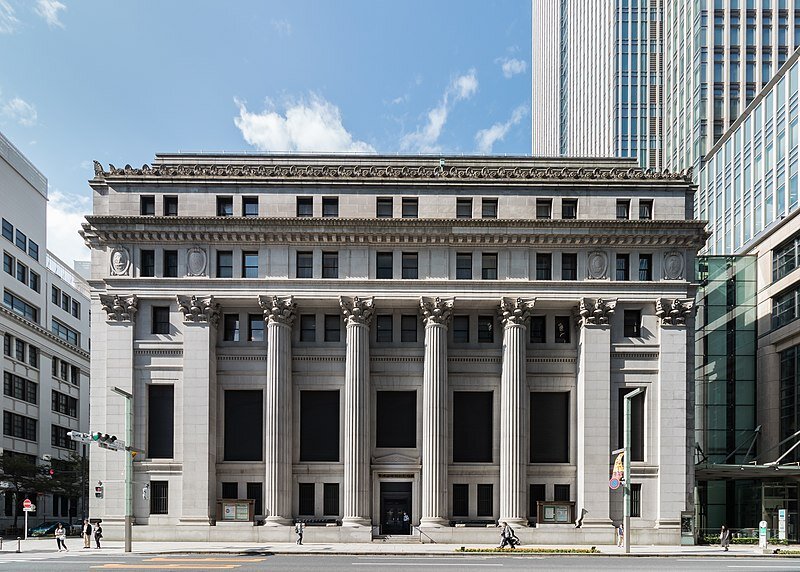
The building’s splendid Corinthian orders in neoclassical style provides luxury features of Nihonbashi area.
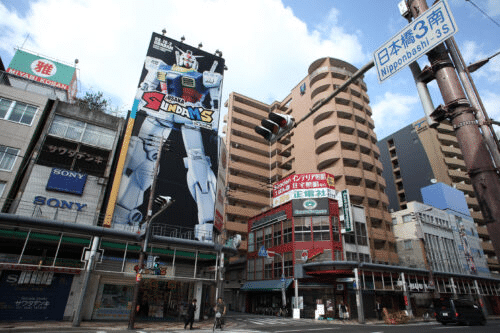
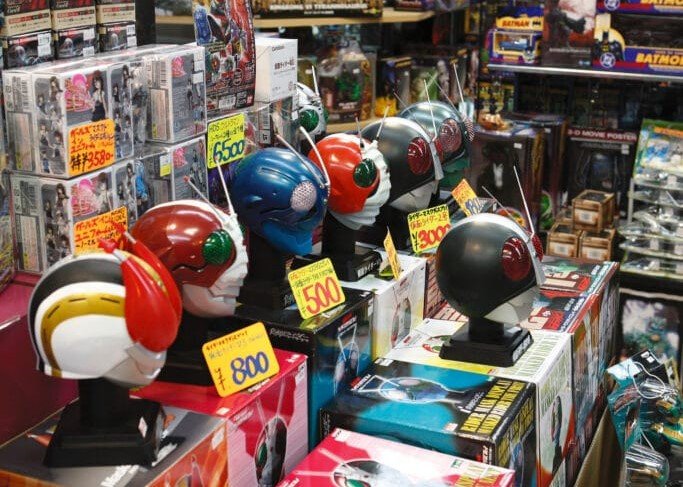
On the other hand, Nipponbashi in Osaka is super-famous with a lot of exciting anime shops and events, especially Ota Road is a sanctuary for enthusiastic anime geeks.
This may sound a bit surprising and strange, but actually the Japanese government does not formally decide how to read 日本, the nation’s formal name! So, Japan can be either Nihon or Nippon.
Some leading companies traditionally use “Nihon”, such as 日本航空 (Nihon Koku, Japan Airlines, JAL), and many people use “Nihon” in their ordinary conversations, while most of public institutions employ Nippon, as you see in the bank notes bellow.
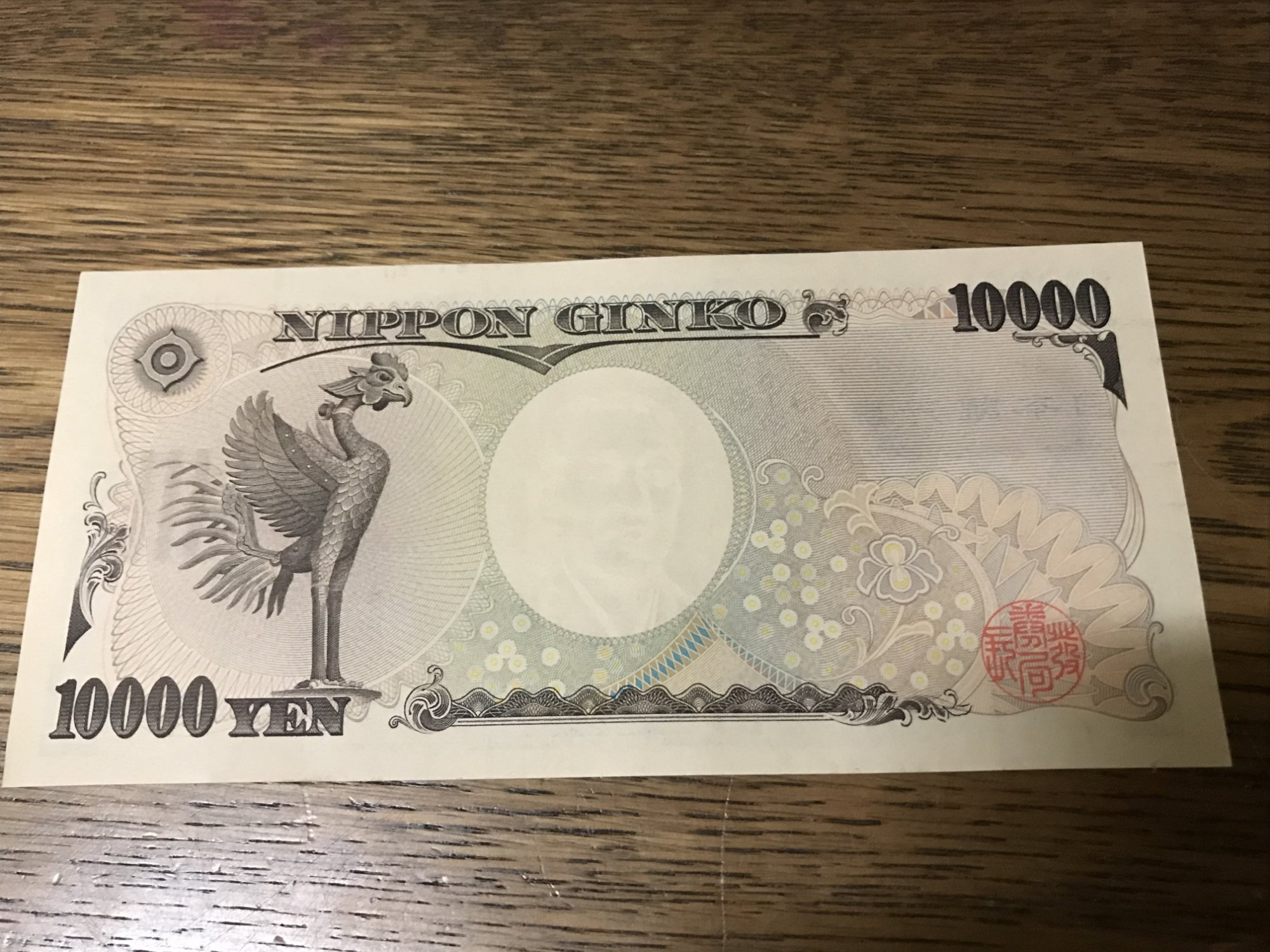
Tokyo Olympic/Paralympic campaign also promote “Nippon”, as the lively popping sound perfectly matches in sporting fields. Japanese audience always rhythmically cheer up athletes “Nippon, Cha Cha Cha!”. So in this perspective, Osaka takes advantages.
看板.jpg)
The letter of Nihon Bashi on the sign above was written by Yoshinobu Tokugawa, the last Shogun in Edo Shogunate. Currently, the Metropolitan Expressway (green structure) hangovers Nihon Bashi bridge in Tokyo. The construction plan to move this highway underground to restore scenic view around this historic bridge is now in progress.
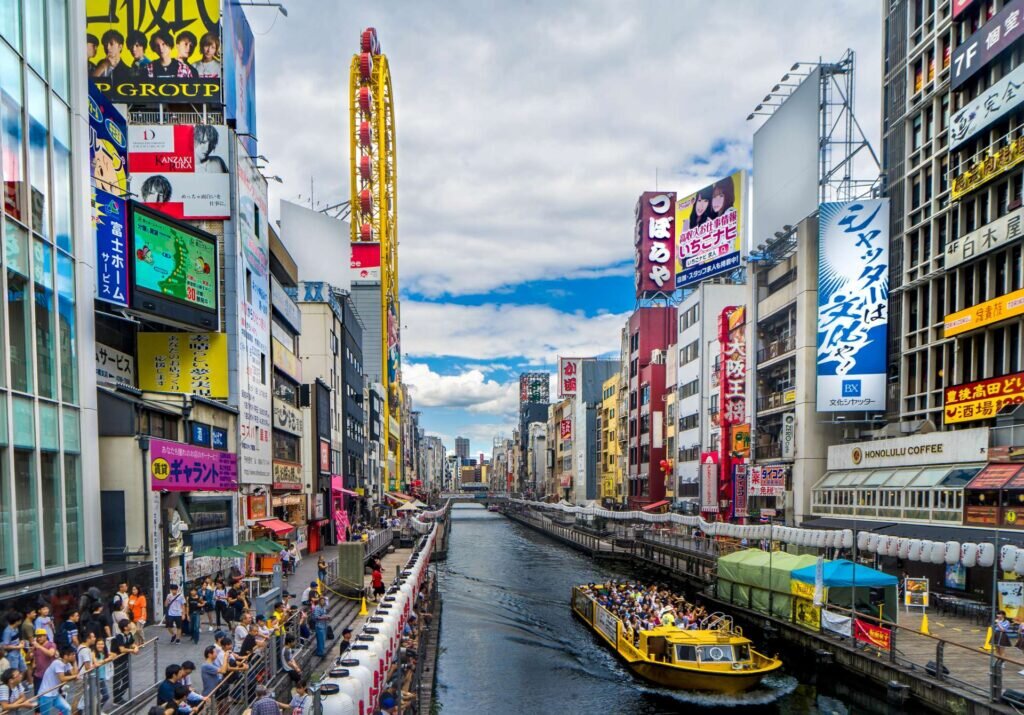
On the other hand, there is a water ride “Tonbori River Cruise” in Osaka passing under the nine bridges over Dotonbori River. Nippon Bashi is the turning point of the cruise service. The different views of the nine bridge from the water and variety of showy “Osaka-taste” signs along the riverside definitely worth watching!
Deep or mild? Udon dashi argument
Japan has rich tradition in noodles, they have Udon, Soba, Yakisoba, Somen, Ramen and lot more, but Osaka people’s favorite is definitely Udon.
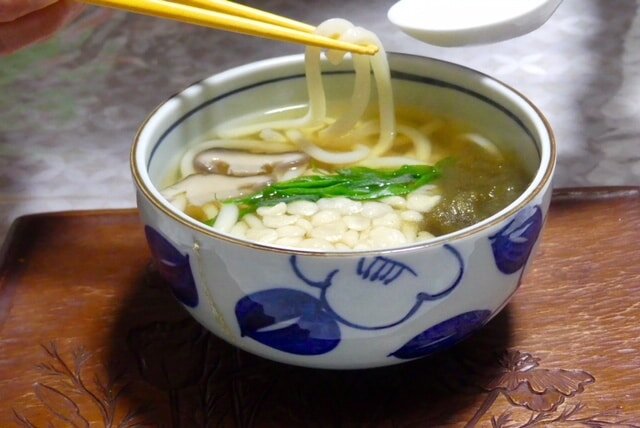
Osaka people like sensitive taste of mild Dashi soup used in Osaka-style Udon, as they think subtle Umami is the core of delicacy.
On the other hand, Tokyo-style udon is immersed in a dark-colored dashi with deep broth. When Osaka citizen first encounter Tokyo-style Udon, they get surprised and exclaim “I can’t eat such black Udon!”.
The difference come from the materials used to make dashi broth. In Osaka, Konbu (Kelp) contributes to produce a mild but flavorful Dashi while Tokyo-style Udon uses dried bonito making the soup dark and somewhat non-transparent.
Nisshin, a manufacturer of instant noodles, provides multiple flavors for a single product depending on the territorial difference in taste. Their top-sales product, Donbei (Kitsune Udon) dedicatedly provide different tastes to fully serve customers have different Dashi preferences.

you can see “W” mark close to Nisshin logo. Cited from Nissin website

Ask Donald himself, which nickname does he like, Mac or Macdo?
You can see the world’s No.1 hamburger stores everywhere in Japan. But how do you call it?
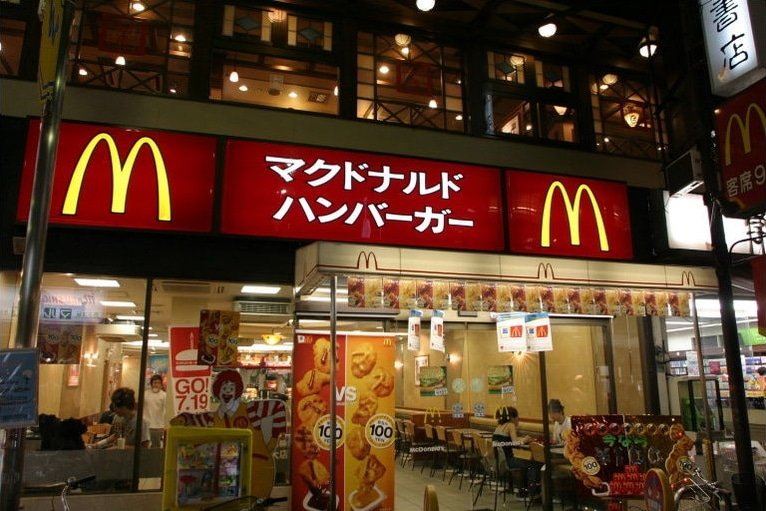
In Tokyo, people call it “Mac” . It sounds crisp and rather stylish, actually Apple uses the nickname for their personal computer, yes Mac should be cool!
But when you are in Osaka, you might hear “let’s go to Macdo (pronounced “Ma-ku-do”) for lunch”. Yes, it’s not such cool, but friendly and approachable
The original name constitutes Mac and Donald, so the nickname totally disrupts grammatical correctness, but they don’t care. Macdo fits the feeling of Osaka people.
But when you are in Osaka, you might hear “let’s go to Macdo (pronounced “Ma-ku-do”) for lunch”. The original name constitutes Mac and Donald, so the nickname totally disrupts grammatical correctness, but they don’t care. Macdo fits the feeling of Osaka people.
Other than McDonald, in Osaka, people tend to shorten the names of franchise stores like Famima (=Family Mart, convenience store), Roiho (=Royal Host, fast food restaurant), Misdo (=Mister Donuts, donuts shop) or Staba (=Starbucks, Coffee shop). Macdo, Famima, Roiho,Misdo and Staba are all in common. Three syllables and the second part stress. The Osaka accent.
Are you romantic or adventurist? Kabuki styles.

His look is a perfect “Yatsushi” style.
If you are a person who lives for love, then go to see Osaka-style Kabuki, called Kamigata Kabuki. The plays in Kamigata Kabuki are classified as “Wagoto” (which translates to “soft matters” which appreciates gracefulness and bitter/sweet feeling of humans).
In the Edo period when Kabuki emerged as people’s favorite past time, Osaka flourished with a lot of successful merchants who made substantial money in trades. So, it is natural that Wagoto’s main character is often a rich and handsome merchant.
Such merchant character often put on poor Kimono clothes to disguise his unacceptable love relationship with a lower class woman outside marriage. This performance is called “Yatushi”.
The stories end tragic deaths of couples are called “Shinjyu-mono” and represent tradition of Kamigata Kabuki. If you’re interested, you may like my previous article MIYAKOJIMA WARD OSAKA: Palace of Cherry Blossom
Compared to Osaka-style Kamigata Kabuki, Edo Kabuki (the Tokyo-style Kabuki), Aragoto (translated “Adventuristic matters”) tradition has been established.
Aragoto adapt wild and violent tales reflecting the dominance of Bushi (samurai worriors) in Edo population. A showy makeup (Kumadori), over-sized costumes and exaggerated acting are their typical characteristics. You may know “Hanzawa Naoki”, Japan’s most watched TV drama in 2020, was full of exaggerated face performance played by Edo Kabuki actors.
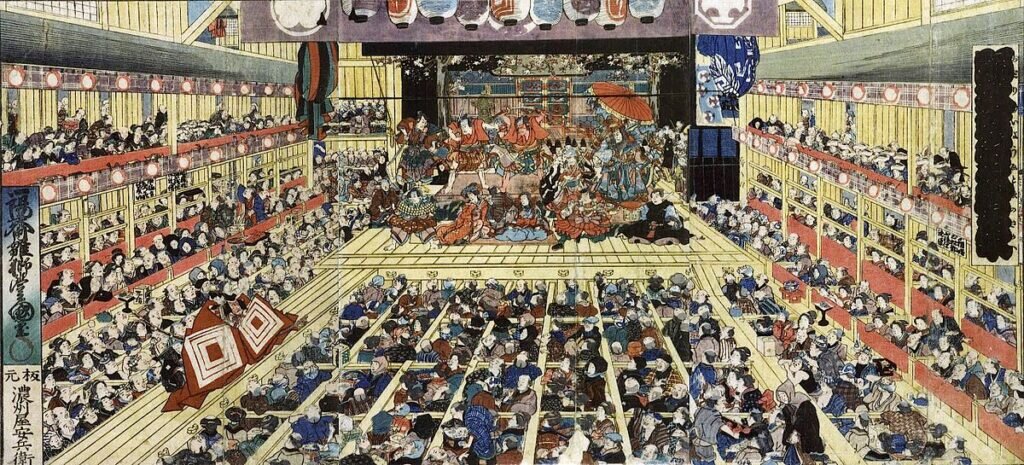
Conclusion
In conclusion, Osaka has rich cultural and historical assets which affect their independent and creative nature. So, no need to compete with Tokyo, anyway it’s a perfectly enjoyable destination for oversea travelers!!
